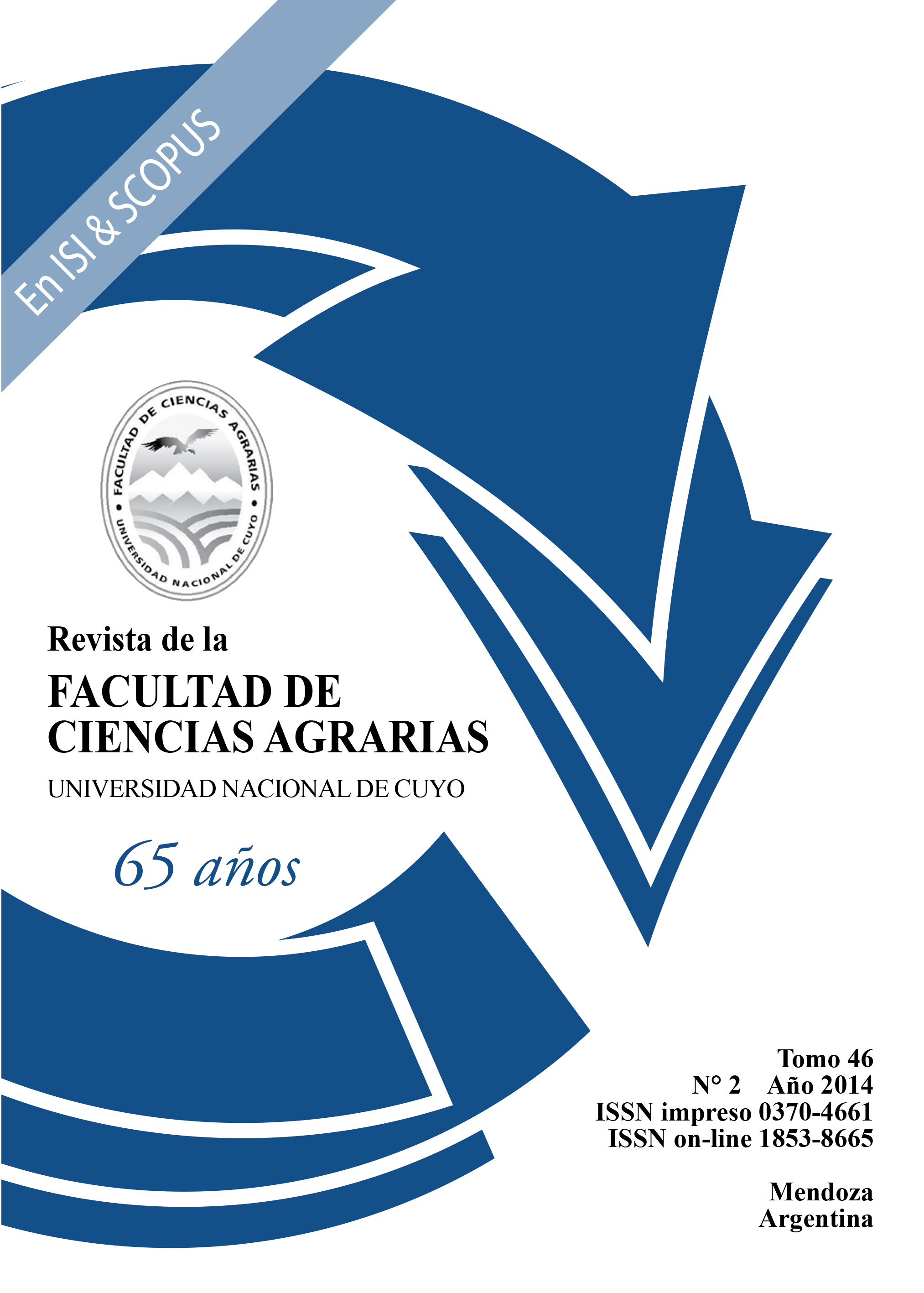Quantitative micrograph, HPLC and FTIR profiles of Melissa officinalis and Nepeta cataria (Lamiaceae) from Argentina
Keywords:
Melissa officinalis, Melissae folium, Nepeta cataria, HPLC, FTIR, Quantitative micrographic parametersAbstract
Melissa officinalis L., so called "Melissa" or "Toronjil", is a perennial aromatic herb, whose leaves are used in traditional medicine as a carminative, digestive and sedative, both in simple as in mixtures. Meanwhile, Nepeta cataria L., commonly called "Cat mint" or "Toronjil", with some similar properties, often replacing M. officinalis in the market, although their chemical composition is not completely matched, and contains an iridoid potentially toxic (nepetalactone). It is therefore necessary to establish diacritic parameters to differentiate these species, both at crude drug level, mixtures and extracts. Samples from various sources in Argentina were studied and documental specimens are preserved in the Herbarium UNSL. Anatomical sections were analyzed, and quantitative micrographic parameters were obtained, together with HPLC and FTIR spectra from methanolic and aqueous lyophilized extracts. Significant differences were detected in the prevailing smell foliage, morphology of leaves and inflorescences, trichomata type, palisade ratio, veinlet termination number, rosmarinic acid concentration (with distinctive HPLC profiles), and the CO/CH relationships obtained by FTIR from the extracts, that together allow adequate differentiation of both drugs, even when they were ground or powdered.
Downloads
Downloads
Published
How to Cite
Issue
Section
License

This work is licensed under a Creative Commons Attribution-NonCommercial-ShareAlike 3.0 Unported License.
Aquellos autores/as que tengan publicaciones con esta revista, aceptan las Políticas Editoriales.











.jpg)




